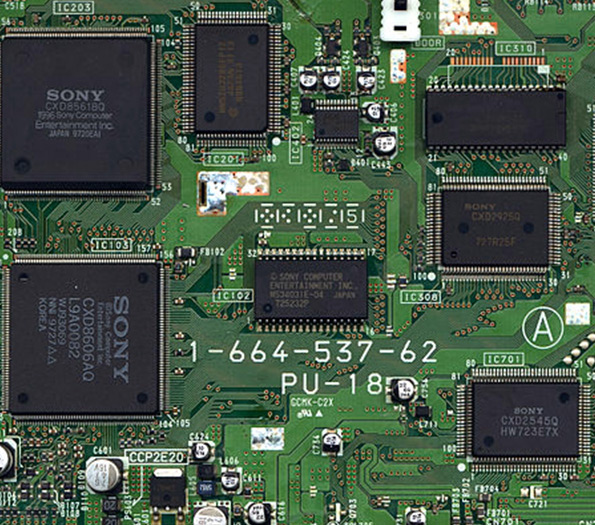

The Importance of Low Emissivity Glass Coating in Modern Architecture
In the world of architecture and building design, the materials used significantly affect energy efficiency, comfort, and overall environmental impact. One such material that has gained traction in recent years is low emissivity (low-e) glass, a high-performance glazing solution that helps enhance energy efficiency in residential and commercial buildings. This article explores the concept of low-e glass coating, its benefits, and its contributions to sustainable building practices.
What is Low Emissivity Glass Coating?
Low emissivity glass is treated with a special coating that reflects infrared energy while allowing visible light to pass through. This coating is usually made from metallic oxides and is applied to one or both sides of the glass pane during manufacturing. The unique characteristic of low-e glass lies in its ability to significantly reduce the amount of heat that escapes from a building in colder months while reflecting solar heat back into the building during hotter months.
Benefits of Low-e Glass Coating
1. Energy Efficiency One of the most significant advantages of low-e glass is its contribution to energy savings. By minimizing heat loss through windows, low-e coatings can improve a building's overall energy efficiency. This results in lower energy bills for heating and cooling, as the need for artificial temperature control is considerably reduced.
2. Improved Comfort Low-e glass helps maintain a consistent indoor temperature, ensuring that spaces remain comfortable throughout the year. It reduces temperature fluctuations near windows and minimizes cold drafts in winter and heat gain in summer, providing a pleasant living and working environment.
3. UV Protection Another benefit of low-e glass is its ability to block a significant portion of ultraviolet (UV) rays. UV radiation can cause furniture, flooring, and artwork to fade over time. Low-e glass helps protect interiors from this damage, extending the lifespan of furnishings and reducing the need for replacements.

4. Noise Reduction Low-e coatings can also improve sound insulation. While sound attenuation is not the primary function of low-e coatings, the multiple layers of glass used in insulated low-e windows can help reduce outside noise, creating more tranquil indoor environments.
5. Environmental Impact Using low-e glass contributes to sustainable building practices. By reducing energy consumption, buildings can lower their carbon footprint and contribute to the fight against climate change. Moreover, many low-e glass products qualify for green building certifications, enhancing the sustainability profile of projects.
6. Aesthetic Versatility Low-e glass is available in various treatments and tints, allowing architects and designers to maintain aesthetic appeal without compromising functionality. This versatility enables innovative designs while ensuring energy efficiency.
Applications in Architecture
Low-e glass is becoming increasingly popular in a variety of architectural applications. It is widely used in residential homes, commercial buildings, atriums, and even skyscrapers. Its effectiveness in controlling solar heat gain and improving insulation makes it ideal for diverse climates.
In residential buildings, homeowners often opt for low-e windows during renovations or new constructions to improve energy performance. In commercial architecture, low-e glass is frequently used in office buildings and retail stores, where large expanses of glass are common. The aesthetic benefits paired with energy efficiency make low-e glass a go-to choice for modern architects.
Conclusion
Low emissivity glass coating represents a significant advancement in glazing technology, offering a blend of energy efficiency, aesthetic appeal, and environmental responsibility. As the global community continues to prioritize sustainability and energy conservation, low-e glass will play a vital role in shaping the future of architecture and building design. Its incorporation not only makes buildings more energy-efficient but also enhances comfort and longevity of interiors, proving to be an invaluable asset in modern construction. As we move toward a more eco-conscious world, low-e glass is poised to become a standard element in architectural design.